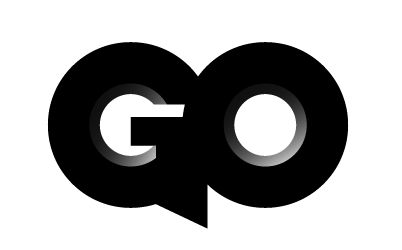It's that time of year. The breeze has gone all blustery and I made my first puffy vest sighting the other day. Which means two things: I'm wondering where my own puffy vest is, and I need to restock the office tea drawer.
I stopped by the Asian Market and picked up some authentic green tea. The kind of authentic green tea they serve in Japanese sushi / hibachi restaurants where all the cooks and wait staff speak Cantonese or Mandarin.
This looks authentic, right? I mean, it's got Chinese symbols on it - it's got to be good for you. Just smacks of authenticity right there. Plus, the writing is…you should see it for yourself.
A rose is a rose is a rose. Is a rose. Right? I read that and thought, well...how can I put it politely? It sucks a mighty megatron. But then I figured, hey, it got the point across. Not elegant but it gets to the point and delivers the message clearly and concisely. At least, I think it's effective. After reading it, I know that whoever makes and packages this tea wants me to think it's all natural, and hence, good for me. I have really no way of knowing on my own whether the tea is actually all natural and good for me. I have to take their word for it.
Then again, a lot of people are making those same claims right now. So do I believe them all or just ignore it? Guess which one I'm leaning toward.
Then there's this other tea package.
Much more clever. Much more personal. But do I want to know that much about my tea? Do I really care? I mean, if you're all about taste, why are you cluttering up my eyespace with an extensive explanation about your tea?
Normally, I'd advocate for the more personal, more personality approach. "Really let 'em know you care! Let 'em know you're different!" Because tea is a commodity and in an oversaturated market for a commodity, you have to distinguish yourself somehow.
Right now, I'm kind of leaning the other way, toward just calling tea, tea.



